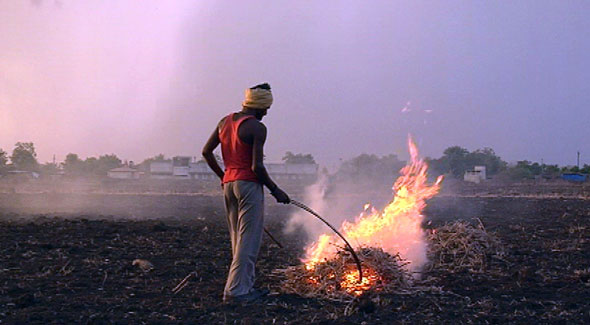About the Issue
India has increasingly embraced free trade and, since 2002, has had one of the world’s fastest growing economies. But only images of this new prosperity have reached the impoverished rural areas where two thirds of India’s 1.1 billion people live. Left behind by India’s soaring economic boom is Vidarbha, a region of hilly forests in the middle of India. It used to be known as India’s cotton belt – but now captures headlines as its suicide belt. In 2006, 1,044 suicides were reported in Vidarbha alone – that’s one suicide every eight hours.
Vidarbha farmers face a grim reality of crop failures, sinking global cotton prices and crushing debts. Farmers in default at the bank frequently resort to illegal moneylenders who charge up to 100 percent interest. And, the government safety net – that once kept cotton prices closer to the cost of production – has all but disappeared. Under India’s new free trade policies, Vidarbha’s 3.2 million cotton farmers – most of them small landholders – must compete in a global market that includes formidable, often subsidized rivals, including American cotton farmers.
About the Film
At a moment when India is enjoying record economic growth, THE DYING FIELDS turns to Vidarbha’s four million cotton farmers who have been left behind, struggling to survive on less than two dollars a day. WIDE ANGLE cameras follow Kishor Tiwari, former businessman turned farmer advocate, whose tiny office in the heart of this cotton-growing region functions as the archive and watchdog for the suicide epidemic; traveling salesmen hawking genetically modified – and costly – cotton seeds that require irrigation that few Vidarbha farmers have; the last rites of a farmer who couldn’t pay his debts; a tour of the poison ward at the local hospital, where beds are always filled; and a visit by then-president of India, A.J.P. Abdul Kalam, whom the farming widows beseech for help in convincing the government to forgive their debts.

